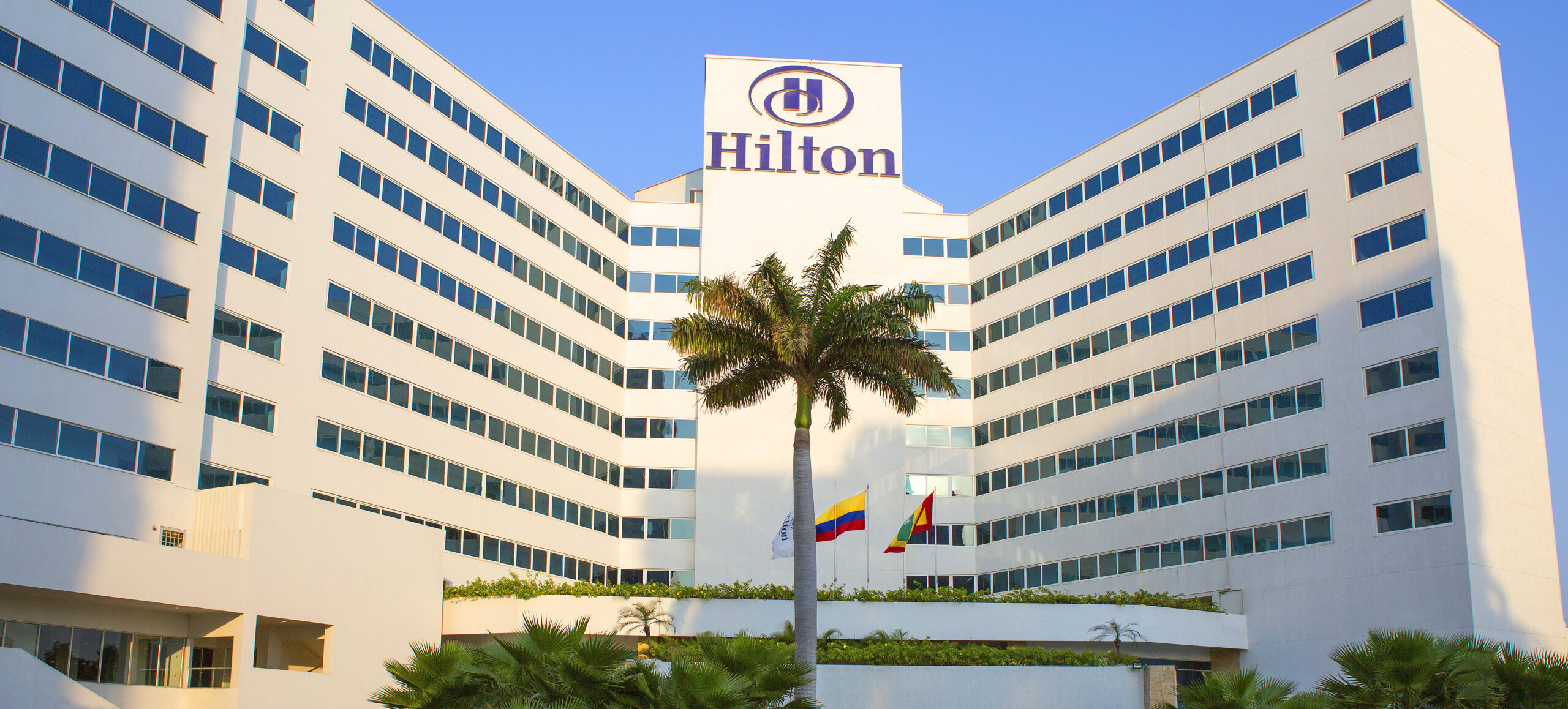
A lot has changed since Conrad Hilton’s parents turned their general store into a hotel for traveling salespeople in San Antonio, New Mexico, in 1919. His mother cooked homemade meals for guests and his father managed the front desk. Hilton and his brother, Carl, manned the store. Today, the global hospitality company boasts 5,600 properties under flags as diverse as Curio Collection, Tapestry Collection and Canopy by Hilton, with more than 2,400 new hotels in the current pipeline.
Hilton is celebrating its 100th anniversary this year and is looking at trends that have shaken up travel as the brand and the meetings industry grew—and what might be ahead for hoteliers and their event professional partners in the years to come.
Related: Dishing 2019’s Hot F&B Trends for Groups
From flush toilets and air conditioning to the international highway system and central reservation systems, technology has played a role in making travel for face-to-face meetings more convenient and, well, hospitable. Hilton hotels were at the forefront of the guest room evolution, adding room service, in-room televisions, the minibar and other amenities that are standard today in most properties.
Satisfying Guests Requires Satisfied Employees

Any hotel’s central task is keeping guests satisfied, but Hilton understood that the best way to achieve that was to improve the level of satisfaction among its employees. The Hilton Effect, a book marking the centennial by New York Times bestselling authors Chip Heath and Karla Starr, described how the company orchestrated success for anyone with determination by “creating a culture where it’s possible for restaurant servers to become C-suite execs.” Hilton encouraged an entrepreneurial attitude in his employees by constantly praising them.
That focus on the well-being of staff is what the authors credit as the source of the welcoming reception guests feel when they stay at any Hilton property. Personal attention from empowered employees “allows guests to replenish both physically and mentally.” This replenishment may come from a free waffle or an extra measure to help guests feel safe in their hotel room. These are luxuries that many travelers take for granted, but they would not be possible without the effort of all employees—no matter how small or large their role.
Today, group travelers want authentic local experiences when they visit a city. Frank Passanante, senior vice president for Hilton Worldwide Sales in the Americas, says the hotel’s job is to deliver that sense of place. “We see ourselves as partners in creating ‘wow’ events,” he said. “It is more than the ratio of guest rooms to meeting space. It is about delivering above expectations.”
A Happier Community Makes a More Prosperous Hotel
Hilton also understood early in his career that a successful hotel can’t continue to thrive without a well-functioning destination. In Buenos Aires in 1999, Hilton stepped in and helped rebuild the economy. The company teamed with Albert Gonzalez and Spanish architect Santiago Calatrava to build a bridge that became a landmark in the city, attracting worldwide attention, which in turn brought money back into the city.
The brand is actively restoring historical buildings in Latin America and the Caribbean with 80 such projects in the pipeline, including nearly 30 planned projects in Mexico. For example, Umbral, Curio Collection by Hilton in downtown Mexico City is a 59-guest room property with a rooftop restaurant that is set to open this year.
New Trends Built on Classic Values

As the brand continues to add new technology, such as connected rooms that allow guests to control temperature lighting and television content from their phones, and premium brands with upscale dining options, what are the trends Hilton executives are seeing for the hospitality sector in the coming years?
Passanante pointed to a recent focus on sustainability and social impact initiatives. “Meetings and events are no longer just a place to exchange business cards and do business deals: Attendees are looking to develop a greater connection with other attendees and the communities that they affect,” he said.
Related: Wyndham to Offer Wellness Guest Rooms in All Hotels
Wellness, too, is taking a higher priority on planner checklists. “In 2019, I expect that integrating end-to-end wellness for our guests will create a total 360-degree wellness travel experience that ensures they simply feel better on the road,” said Melissa Walker, senior director of global wellness.
Jonathan Wilson, vice president of customer experience and innovation, food and beverage and wellness, added surprise and delight to the list of deliverables coming to a hotel property near you. “As the popularity of pop-up concepts grows and gains presence more broadly, we may see very specialized, localized pop-up offerings that ‘spice up’ room service,” he predicted.




